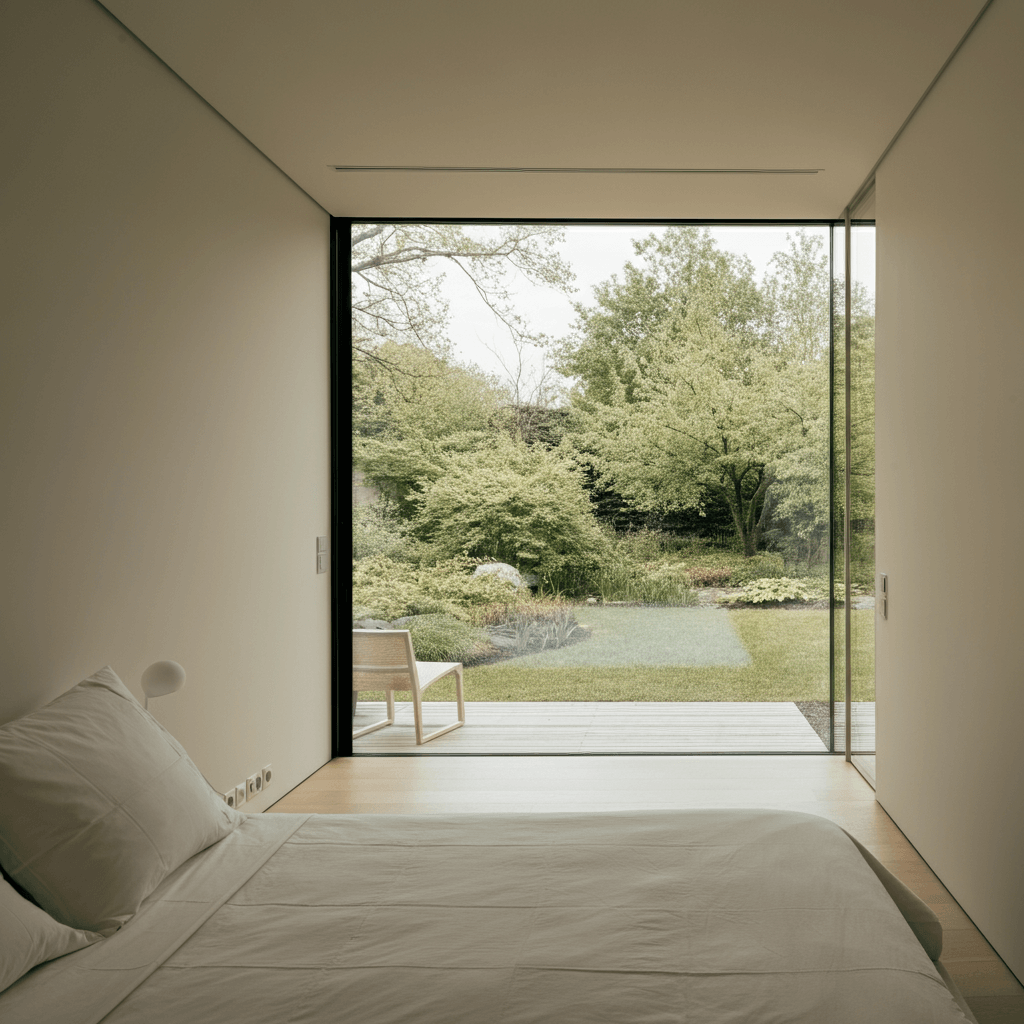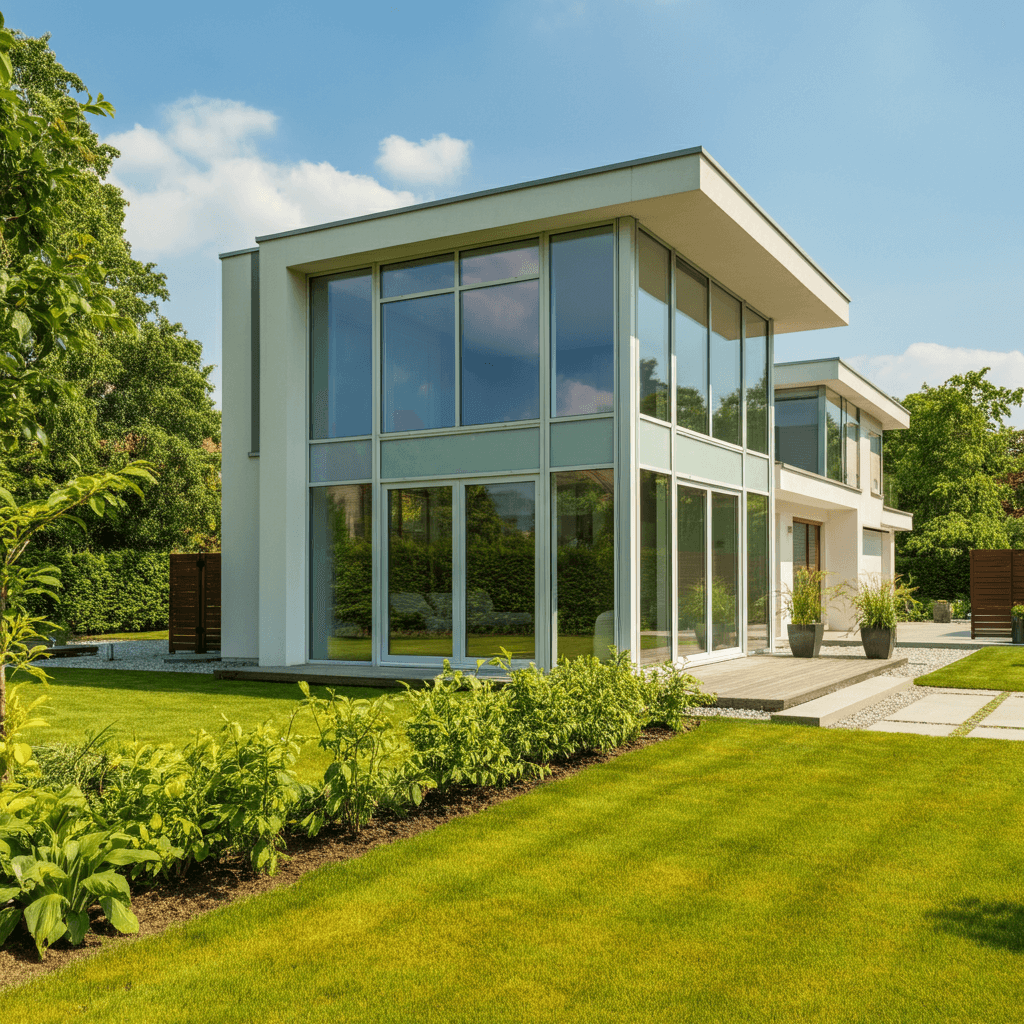How to Choose the Best Low-E Glass for Homes
Release time:
2025-04-25 19:35

How to Choose the Right Low-E Glass for Residential Projects
When planning a residential construction project, selecting the right materials is crucial to ensuring energy efficiency, comfort, and long-term savings. Among these materials, Low-E glass (low-emissivity glass) has emerged as a game-changer for modern homes, offering superior insulation and protection against UV rays. But with various options available, how can you determine the best Low-E glass for your specific project needs?
This guide will explore everything you need to know about Low-E glass, from understanding its types to making an informed choice that maximizes value and performance.
What Is Low-E Glass?
Low-E glass is a type of energy-efficient glass that has been coated with a thin layer of metal or metallic oxide. This layer works to reduce the amount of infrared and ultraviolet light that passes through the glass while allowing ample visible light to enter.
The result? Homes stay warmer in winter and cooler in summer, reducing the need for heavy reliance on heating and cooling systems. Whether you're an architect, interior designer, or homeowner, understanding the importance of Low-E glass is critical for creating energy-efficient and comfortable living spaces.

Understanding Low-E Coatings
The effectiveness of Low-E glass largely depends on its coatings. There are two main types of Low-E coatings to consider:
1. Passive Low-E Coatings
Designed for colder climates, passive Low-E coatings help homes retain heat by minimizing heat loss. These coatings are ideal for projects where maintaining warmth during winter months is a top priority.
2. Solar Control Low-E Coatings
Solar control coatings are preferred for warmer, sunnier climates. They block significant amounts of solar heat gain, keeping interiors cooler and reducing the need for air conditioning.
How Does It Work?
Low-E coatings work by managing the energy flow through glass. They reflect interior heat during winter while blocking solar heat in the summer. This balance significantly enhances a building’s energy efficiency, regardless of the surrounding climate.

Benefits of Using Low-E Glass
Integrating Low-E glass into residential projects comes with a host of advantages, including energy savings, improved comfort, and UV protection. Here’s a closer look:
- Energy Savings and Reduced Utility Bills
Studies show that Low-E glass can reduce energy consumption by up to 30–50% compared to standard glass. Homes with Low-E windows often report annual utility bill reductions of 10–25%.
- Consistent Indoor Comfort
By insulating homes more effectively, Low-E glass maintains consistent indoor temperatures, eliminating hot and cold spots.
- UV Protection for Interiors
Low-E glass blocks up to 75% of harmful UV rays, helping to prevent fading and damage to furniture, flooring, and artwork.
Factors to Consider When Choosing Low-E Glass
Not all Low-E glass is created equal. To make the right selection, it’s important to consider the following factors:
1. Climate and Orientation
Climate plays a major role in determining whether passive or solar control coatings are the better option. Additionally, pay attention to the building’s orientation (e.g., north-facing vs. south-facing windows), as this affects how much sunlight enters the space.
2. U-Factor and SHGC Ratings
- U-Factor measures the rate of heat loss through the glass. A lower U-factor indicates better insulation.
- SHGC (Solar Heat Gain Coefficient) measures a window's ability to block heat from sunlight. Lower SHGC values are ideal for warmer climates.
3. Visible Transmittance (VT)
VT refers to the amount of visible light transmitted through the glass. Prioritize a balance between natural light and energy efficiency to ensure bright yet comfortable spaces.

Types of Low-E Glass for Residential Projects
1. Single-Pane Glass
- Pros: Budget-friendly.
- Cons: Limited insulation properties; not ideal for energy efficiency.
2. Double-Pane Glass
- Pros: Significantly better insulation compared to single-pane, with effective noise reduction.
- Cons: Higher initial cost but excellent long-term value.
3. Triple-Pane Glass
- Pros: Superior insulation, ideal for colder climates.
- Cons: Heavier and more expensive; may require specialized installation.
Installation and Maintenance Tips
Proper Installation
To maximize the benefits of Low-E glass, ensure proper installation. Gaps or misalignments during installation can compromise energy efficiency. Always work with skilled professionals who are familiar with Low-E glass systems.
Cleaning and Maintenance
Low-E glass requires gentle cleaning to avoid damaging the coating. Use a soft cloth or sponge with a mild, non-abrasive cleaning solution. Avoid harsh chemicals and abrasive tools.
Cost Analysis and ROI
While the upfront cost of Low-E glass may be higher than standard glass, the long-term savings make it a worthwhile investment. Here are a few points to consider:
- Homes with Low-E glass often experience a ROI within 3–5 years due to energy savings.
- Many governments offer financial incentives and rebates for energy-efficient upgrades, further reducing initial costs.
Case Studies and Examples
Example 1: A residential project in California featuring solar control Low-E glass saw a 15% decrease in cooling costs during summer months. Homeowners also reported improved interior comfort.
Example 2: An architect used triple-pane passive Low-E glass for a home in Michigan, reducing heating costs by 20% during winter and enhancing overall energy efficiency.

Future Trends in Low-E Glass Technology
The future of Low-E glass is bright, with innovations continually shaping the market. Emerging trends include:
- Smarter Coatings: Advanced Low-E coatings are being developed to further improve energy performance without compromising aesthetics.
- Integration with Smart Homes: Low-E glass is now being paired with smart devices, enabling automated adjustments to light and temperature based on weather conditions.
FAQ Section
What is Low e glass made of?
Low-E glass is coated with a thin layer of metallic oxide to control energy flow and improve insulation.
Does Low e glass reduce outside noise?
Yes, especially in double or triple-pane configurations, Low-E glass significantly reduces noise pollution.
Will Low e glass affect natural light?
Not necessarily. Low-E glass maintains high visible light transmittance while reducing UV and infrared radiation.
How easy is it to clean Low-E glass?
Low-E glass is easy to clean as long as you avoid abrasive tools and use mild cleaning solutions.
Making the Right Choice for Your Project
Choosing the right Low-E glass for your residential project can offer unparalleled benefits, from energy savings and UV protection to greater indoor comfort. By considering your climate, building orientation, and energy-efficiency goals, you can make an informed decision that delivers value for years to come.
Need help selecting the perfect Low-E glass? Contact us for a consultation and learn how we can support your project with cutting-edge solutions tailored to your needs.
preceding page
next page
preceding page
next page
Related News



